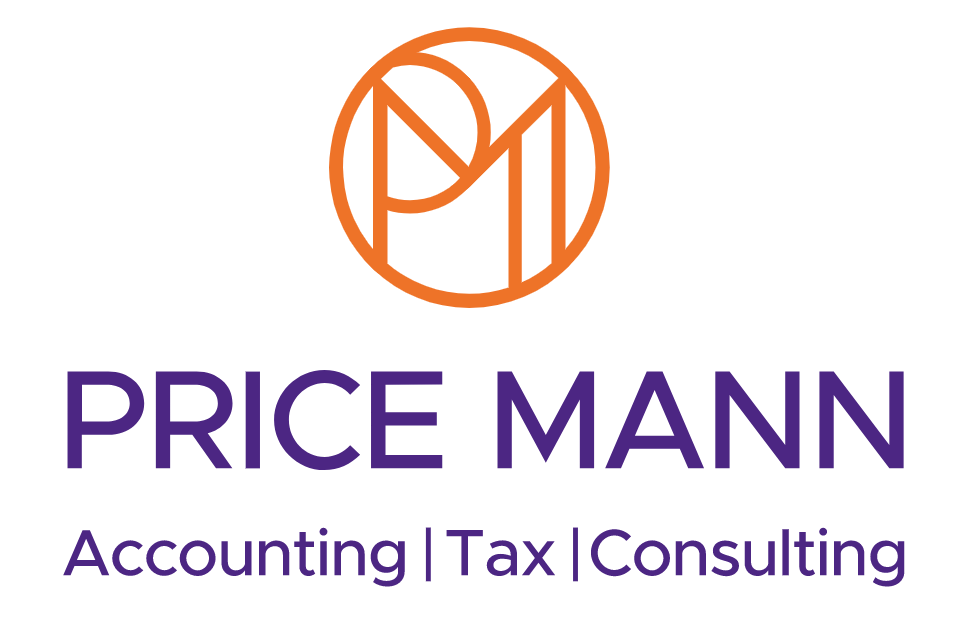Business Update - April 2022
Over one million individuals use extra time to file tax returns
More than one million individuals completed their self-assessment tax return by the extended deadline at the end of February 2022.
HMRC estimates 11.3m of 12.2m of the taxpayers who had to file a self-assessment tax return for the 2020/21 tax year did so by 28 February 2022.
Individuals and trusts required to submit a self-assessment return must usually do so by the 31 January that comes after the tax year in question to avoid a fine.
However, HMRC announced in early January 2022 that no fines would be applied for tax returns that were filed past the typical deadline but were sent to them by 28 February 2022.
This essentially extended the self-assessment deadline by a month, which HMRC also did for individuals filing their 2019/20 self-assessment tax return in 2021.
Lucy Frazer, Financial Secretary to the Treasury, said: "Today's stats show how vital the extra month was in supporting the cashflows of more than a million self-employed people and businesses across the UK, helping to ensure their survival as we recover from the pandemic."
Individuals who filed their return on time have until 1 April to pay their tax bill or set up a time to pay arrangement to avoid a financial penalty, although interest will still accrue from 1 February on any unpaid tax.
The time to pay service allows individuals and businesses to spread their payments of up to £30,000 in instalments.
Talk to us about your tax payment.
Economic forecasts dampen for 2022
The British Chambers of Commerce (BCC) has revised its forecast for GDP growth in 2022, which is now expected to grow at half the rate as it did in 2021.
GDP is now expected to grow in 2022 by 3.6%, revised down from 4.2% and compared to 7.5% growth in 2021.
The downgrade largely reflects a deterioration in consumer confidence and weak business investment amid a cost of living crisis and rising inflation.
GDP growth will slow sharply again to 1.3% in 2023 before easing to 1.2% in 2024 due to limited activity following the cost-of-living squeeze, according to the BCC.
It also warned CPI inflation could peak at 8% in Q2 2022 and outpace wage growth – significantly higher than the Bank of England’s 6% forecast.
CPI inflation is now expected to fall back to the Bank of England’s 2% target in Q4 2024, over a year later than the previous forecast of Q2 2023.
Hannah Essex, co-executive director of the British Chambers of Commerce, said: “Our downgraded projections for the UK economy highlight the critical challenges facing business communities and households against the backdrop of the growing uncertainty surrounding both the UK and global economy. Coming hot on the heels of two years of a pandemic-induced squeeze on cashflow and investment plans, it is clear the Government must do more to support UK business and the wider economy.”
Plan for the long term with us.
House of Lords raises concerns over IR35
The Economic Affairs’ Finance Sub-Committee of the House of Lords has written to the Government, listing key recommendations on off-payroll working rules known as IR35.
IR35 legislation aims to prevent tax avoidance by workers who contract out their services through a personal limited company for tax purposes but enjoy the perks a regular employee would.
The Government changed how IR35 worked for the private sector for medium and large businesses in April 2021, putting the onus of determining a contractor’s employment status on the employer, rather than the contractor themselves.
But the extension has resulted in an increased use of “rogue” umbrella companies among workers, according to the Committee.
HMRC estimates 100,000 individuals were working through umbrella companies in 2007/08 compared to at least 500,000 in 2020/21.
The sub-committee said it was “very concerned” by the trend, as it increases the risk of workers becoming involved with umbrella companies operating tax avoidance schemes.
Lord Bridges of Headley, chair of the sub-committee, said: “The whole point of the off-payroll reforms was to crack down on tax avoidance. Yet, as we warned the Government in our Sub-Committee’s report in 2020, it risks giving rise to a new wave of tax avoidance, as people — many of them on low incomes — end up in rogue umbrella companies. The Government must take action to protect workers from ‘rogue’ operators as a matter of urgency.”
The sub-committee also said the Government’s objective to achieve fairness between people cannot be restricted to tax in isolation but also apply to employment rights.
Headley said: “The Government has said it is committed to fairness in the workplace. However, it is unfair for individuals to be treated as employees for tax purposes without having employment rights. Our Sub-Committee reiterates the call we made in our 2020 report for the Government to press ahead with implementing the proposals set out in the Taylor Review.”
Government launches online sales tax public consultation
The Government has opened a public consultation into a new online sales tax (OST) to “rebalance” the taxation of online and in-store retail businesses.
The Treasury published its consultation on 25 February 2022, seeking answers from stakeholders on 40 questions about how an OTS should work.
If implemented, the Government would use an OST to reduce the business rates of retailers with properties in England and put additional funds into the block grants of the devolved administrations.
Supporters of an OST say in-store retailers pay a disproportionate share of business rates, making brick-and-mortar businesses less competitive.
However, critics say an OST would be a misplaced tool to help high street businesses, as the convenience of online shopping may partly explain the struggles felt by in-store retailers.
Nevertheless, the Government has been focused on helping retailers with their business rates, having announced a range of relief in Autumn Budget 2021.
The Treasury did not flesh out any specific plans rates or thresholds, saying they must define the scope and design of an online tax first.
Mike Cherry, national chairman of the Federation of Small Businesses, said: "Efforts to level up the tax playing field between corporates that mostly operate online, paying low business rates on out-of-town warehouses, and community small businesses, which are up against high rates on high streets, are to be encouraged. But the Government must avoid simply adding further cost pressures to small firms that have increased their online presence to keep the show on the road over lockdowns."
John Cullinane, director of public policy at the Chartered Institute of Taxation welcomed the consultation “as opposed to simply going ahead with a new OST”.
But we would like the Government to be clearer about the objectives of the online sales tax,” he continued.
“Is the Government content that while evidence shows that business rates today are ultimately mostly borne by landlords, the online sales tax would be very largely borne by consumers in higher prices?”
Talk to us about business tax.













